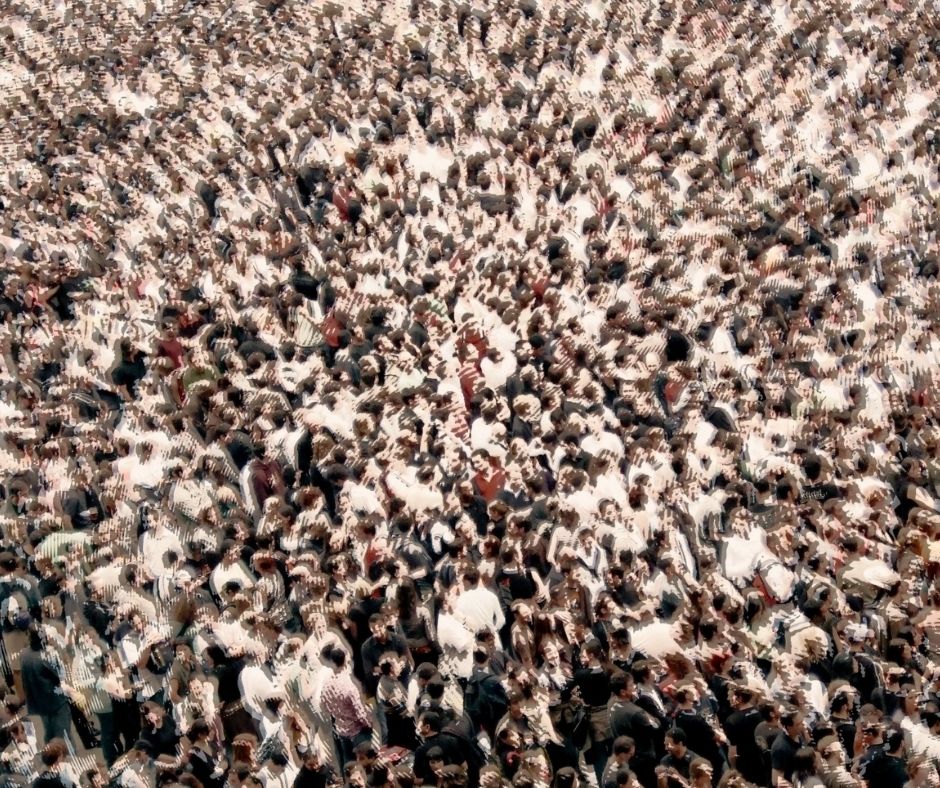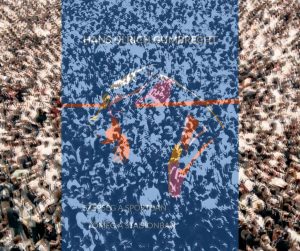The international conference , organised by the members of the research project The Crowd. Cultural Attributions of Meaning 1920/2020 , aimed at putting its results in a comparative regional perspective, both in their historical and contemporary aspects. The speakers, some of whom responded to an open call for papers and others who were invited, discussed topics that were relevant to the discourses on the presentation and organisation of human crowds in the 20 th and 21 st centuries (see abstracts with short CVs).
In his introductory lecture, Karsten Lichau spoke about the (bio)political and aesthetic aspects of the rituals of ‘one-minute silence’, which originated in Britain but underwent significant modifications in the Weimar Republic and later in the Soviet Union as well as in the state socialist countries, highlighting the function of the organised masses in evoking the (illusory) image of a national community.
Marie-Noëlle Yazdanpanah scrutinized the image of the public of Die Bühne , one of the most popular illustrated magazines of the late 1920s and 1930s in Vienna, showing that defining readers as consumers resulted in a heterogeneous mass image that proved not only inclusive but also operated with exclusionary tropes and arguments that could be easily integrated by the rightward shift in cultural policy after 1934 and especially after the Anschluss of 1938.
Béla Rásky, partly revising his earlier research, offered a comprehensive view of mass events organised by different political parties and groupings in Vienna from the 1920s to the 1940s. He argued that by examining the essential elements of choreographing these masses, significant analogies could be drawn that blurred the boundaries between different political-ideological orientations.
Naser Šečerović presented a comparison of literary reflections on two critical periods in Bosnia and Herzegovina – the First World War and the years following the Yugoslav Wars – and claimed that the forced subordination of individuals to imagined communities became a driving force behind the creation of nationalist collectives and the escalation of violence leading to mass murders.
Florian Ruttner focused on a hitherto barely studied group of scholars in Prague of the 1930s, which consisted partly of Czech and partly of émigré psychoanalysts and social scientists. He argued that the mass psychological theories of the leading figures of the Frankfurt School (Max Horkheimer, Erich Fromm) were modified in the studies and debates of the Prague group, which sought to combine psychoanalysis, political economy, and social criticism more organically.
Andrea Tímár elaborated on the peculiarities of Thomas Mann’s irony in the context of late 20 th – and 21 st -century theories of mass movements and democracy. She claimed that the depiction of the epidemic and the topos of homoerotic affection in Death in Venice could, in the retrospect, be interpreted as a correction both of the concept of totalitarian infection (Hannah Arendt) and that of the democratic contagion (Juliet Hooker, among others), since it involved an alternative to binarities inherent in these theories.
By analysing different literary representations of epidemic diseases from the 18 th century on, Eszter Ureczky pointed out relevant elements in constructing the image of the massified sick body. These elements, underpinning biopolitical arguments, included the definition of hygiene with a gender bias, the stigmatisation of marginalised social groups, the potential of urban infrastructures in creating symbols and metaphors, and the instrumentalization of the crowd’s image in order to produce enemy images.
In the closing section of the conference, the Department’s postgraduate students Eszter Kovács, Borbála Míra Áldozó, Hanna Dorka Balogh, and Kristóf Kormos presented their experimental collective creative method and theatre play on behalf of the Matrus Company. Their project explored the relationship between the individual and the urban mass, based both on theoretical approaches and personal experience. The company sought to capture the moment in which verbal and physical violence shifts from one pole to the other, highlighting the boomerang effects of mass manipulation.
Both the debates that followed the lectures and the discussions that took place during the breaks and at the closing dinner pointed to the various exclusionary rhetorical and visual techniques by which nation-building discourses in the region – especially in the light of contemporary research into mass psychology – reinforced the need to create, even illusorily, a controllable biopolitical community from the masses, which were mostly seen as wild and disorganised.
The papers presented at the conference will be published in the peer-reviewed journal Central European Cultures , accompanied by articles on the Hungarian reception of mass psychology and on urban masses in the region.




